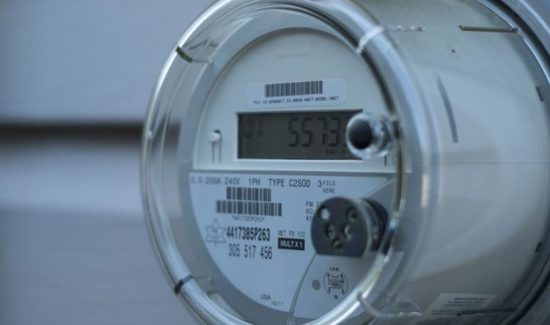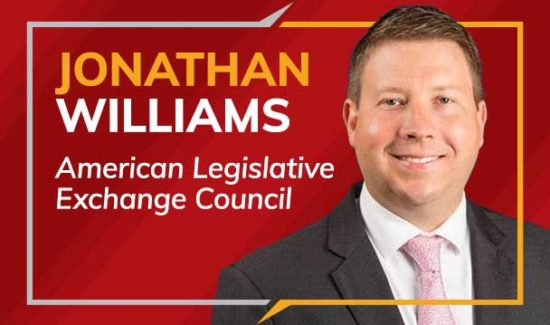Impact of Pandemic on Sports & Exhibitions in Allegheny County Detailed
![]()
(June 8, 2022)–Summary: The Sports & Exhibition Authority (SEA), a joint authority of the City of Pittsburgh and Allegheny County that owns Heinz Field, PNC Park, PPG Paints Arena and the David L. Lawrence Convention Center, saw attendance and finances significantly affected as a result of the coronavirus pandemic.
____________________________________________________________________
Based on SEA audits and reports, COVID had a significant impact on attendance at the four venues due to games and events being canceled, postponed or having limited attendance due to government restrictions on capacity.
From 2019 to 2020, convention center attendance fell from 576,315 to 215,134 (63 percent), Heinz Field from 863,760 to 24,769 (97 percent), PPG Paints Arena from 1,608,104 to 408,554 (75 percent) and PNC Park from 1,276,950 to 0 (100 percent). When considered in total, attendance fell from 4.3 million to 0.6 million, a decrease of 3.7 million attendees (85 percent).
Reports note that the number of convention center events, concerts and post-season games fluctuate year-to-year; typically, there are 10 pre- and regular-season Steelers games, six to eight Pitt Panthers games, 81 Pirates games and 43 Penguins pre- and regular-season games.
As an example of the impact COVID had on scheduling and attendance, the Steelers’ 2020 season at Heinz Field (Aug. 2020 to Jan. 2021) had two pre-season games canceled; fans were permitted at five of the eight regular-season games, two of which were rescheduled to different days; no fans were permitted to attend the lone post-season game. The game with the highest attendance was in November with 5,909 fans, roughly 10 percent of 2019’s lowest-attended game. There was a decrease in the number of home regular-season games played by the Pirates (81 in 2019 to 32 in 2020) and Penguins (41 in 2018-19 to 35 in 2019-20). Events at the convention center totaled 198 in 2019 and 56 in 2020.
Through the end of 2021, total attendance rose to nearly 2.5 million, which was a three-fold increase over 2020 but 42 percent lower than 2019. Another 9,000 people attended events virtually. Attendance at the convention center was lower in 2021 while the other venues improved from the decrease they experienced in 2020. In 2021, the National Football League enacted a 17-game regular-season, giving the Steelers an additional home game.
SEA Venue Attendance, 2019-2021
| Venue (Attendance Reporting Year) | 2019 | 2020 | 2021 | 2019 to 2020 (% difference) | 2019 to 2021 (% difference) |
| Convention Center (Jan-Dec) | 576,315 | 215,134 | 124,667 | -63 | -78 |
| Heinz Field (Apr-May) | 863,760 | 24,769 | 980,508 | -97 | 14 |
| PNC Park (Nov-Oct) | 1,276,950 | 0 | 859,490 | -100 | -33 |
| PPG Paints Arena (Jan-Dec) | 1,608,104 | 408,554 | 523,378 | -75 | -67 |
| Total | 4,325,129 | 648,457 | 2,488,043 | -85 | -42 |
The SEA’s operating revenues—a mixture of surcharges; parking revenue; fees and event revenue that are generated from games and events—were negatively affected. Revenues totaled $29.4 million in 2019 and fell to $14.3 million in 2020 ($15.1 million or 51 percent). The 2021 figure of $15.8 million was slightly above the previous year.
Specific payments from the sports facilities to the SEA declined from 2019 to 2020. Total payments were $11.8 million and dropped to $9.5 million ($2.3 million or 19 percent). Heinz Field from $5 million to $3.5 million, PPG Paints Arena declined from $6.1 million to $5.9 million and PNC Park dropped from $0.7 million to $0.1 million. In 2021, with activity returning, total payments were $10.6 million, or 10 percent below 2019.
Operating expenses—operations and maintenance, administration and depreciation and amortization—were $65.3 million in 2019 and fell to $59.3 million the year after ($6 million or 9 percent). Expenses then climbed slightly through 2021 to $60.9 million. Depreciation and amortization represent the bulk of the SEA’s operating expenses, averaging 79 percent over the three years.
The difference between operating revenues and operating expenses is the operating loss. This figure rose from $35.9 million to $45 million ($9.1 million or 25 percent) from 2019 to 2020. The loss in 2021 was essentially identical to 2020’s.
The SEA’s finances include non-operating revenues that reduce the operating loss. This money comes from various entities, mostly to pay for the debt service obligations. The Regional Asset District (RAD); Allegheny County; the commonwealth; the federal government and the Rivers Casino are among these. Total non-operating revenues, on net, after accounting for interest and development expenses, rose from $7.8 million in 2019 to $28.2 million in 2020 ($20.4 million or 261 percent).
Much of this growth was attributed to money received from the state and federal government for the I-579 “cap” project. Last year, the SEA also received a $10 million grant from the Stadium Authority—the entity that was supposed to dissolve when Three Rivers Stadium was demolished (see Policy Brief Vol. 17, No. 33)—to help with operations. Allegheny County gave the SEA $1 million from its CARES Act allocation and granted $20 million from its American Rescue Plan allocation.
The SEA’s net position at the beginning of 2019 was $360.9 million and at the end of 2021 was $301.7 million ($59.2 million less or 16 percent lower).
Before COVID, the SEA sought to secure recurring sources of tax revenue to pay for its responsibilities at the sports facilities under current lease agreements and at the convention center, which it owns and oversees management (see Policy Brief Vol. 18, No. 34). The SEA received a RAD grant of $800,000 in 2019, 2020 and 2022 and $760,000 in 2021. Of the $2.3 million spent from 2019 through 2021, $1.8 million (78 percent) has been spent at the convention center and $0.5 million (22 percent) at Heinz Field.
The General Assembly repurposed a $1.7 million annual allocation the SEA was receiving for the convention center’s operating deficit to the creation of the SEA Sports Commission (see Policy Brief Vol. 18, No.16). This past November when the SEA board set-up its procedures for distributing financial awards, a restricted account to hold 25 percent of the revenue for capital repairs at the four venues was approved.
If a proposed special assessment on hotel stays becomes law (see Policy Brief Vol. 22, No. 7), there is language in the bill that would set aside an unspecified percentage of revenue to be directed to the SEA for facility maintenance.
Rather than cobbling together more sources of taxpayer dollars, the professional sports teams should be responsible for more expenses related to the structures they benefit greatly from and the promises of the convention center being an economic engine need to be realized.
In a news article, the chair of the SEA board stated in regards to the Pirates’ and Steelers’ leases that “I think the lease as a whole, you almost have to blow it up and start over again to make it as fair as possible to each [side].”
That’s something for present and future SEA board appointees, who are appointed by elected officials of the City of Pittsburgh and Allegheny County, to consider as the end date for leases of two of the facilities are less than a decade away.
Eric Montarti, Research Director
If you wish to support our efforts please consider becoming a donor to the Allegheny Institute.The Allegheny Institute is a 501(c)(3) non-profit organization and all contributions are tax deductible.Please mail your contribution to:
The Allegheny Institute
305 Mt. Lebanon Boulevard
Suite 208
Pittsburgh, PA15234





